Recently, after being asked by the officials of the Planning Commission in Bangladesh, Professor Dr. Kazi Ahsan Habib of Aquatic Bio-resource Lab at the Sher-e-Bangla Agricultural University, I have submitted a Concept Note about how the government can integrate SDG14 and Blue Economy into the next Fiver-Year Plan. Following is a summary of the Concept Note.
As a highly climate-vulnerable country, Bangladesh needs to focus on building resilient communities. To do that, particularly in Low Elevation Coastal Zones (LECZ), SDG14 targets and Blue Economy offer windows for the public agencies to mobilize resources, as both are the priorities of the public agencies for the last couple of years. But the progress made in the Blue Economy sector is very negligible. It is not even integrated into any long-term plan yet. In this context, the next 8th Five-Year Plan (2021-2025) is an excellent opportunity to integrate SDG14 and Blue Economy in national planning.
Healthy coastal and marine ecosystems and protection of biodiversity could be the main powerhouses to build resilient communities through creating new job opportunities and social benefits. There are many options for people-based solutions where it’s possible to do more with less in coastal and marine conservation. So, for Bangladesh, mobilizing resources is not the main challenge. Rather the most important tasks are to building capacity in terms of knowledge, trained human resources, and policies towards integrating Blue Economy into long-term national planning such as the next FYP.
Goal 14 of the UN’s Sustainable Development Goals; “Conserve and sustainably use the oceans, seas and marine resources for sustainable development,” can be the best available source of framework for a national pathway to incorporate blue economy in the 8th FYP because SDG 14 targets are focused on increasing knowledge and research capacities as well as the transfer of technologies. The public agencies already have a Monitoring and Evaluation Framework of SDGs. If necessary, a separate Monitoring and Evaluation Framework of Blue Economy can be adopted once setting the targets are done.
Based on recommendations made at the 2nd Marine Conservation and Blue Economic Symposium held in Dhaka in 2017, we think the targets mentioned above should be included in the 8th FYP to progress towards a ‘blue economy’ in Bangladesh.
Major Core Targets: Building an Ocean-literate citizenry and reviving coastal economies through the restoration of ecosystems.
Poverty: To reduce extreme poverty in the coastal region and create good jobs for underemployed populations, resources should be allocated to restore Chakoria Sundarbans and other ecologically collapsed or degraded habitats through private land-owner conservation schemes.
Fisheries: To reduce extreme poverty and offer good jobs through leveraging fisheries sub-sector, first, public investment should be mobilized to make sure that millions of fishers either own their necessary boats and gears or they are employed as fish workers. Secondly, Similar to large-scale industrial fishing, marine commercial fishing also should be recognized as a formal economic sector. Taxations should be extended to it (before that, a classification and certification process need to be completed to identify and classify recreational, subsistence, artisanal, and commercial fishing); and third, initiating the process for sustainable certification of marine industrial fishing with any of the global certification consortium.
Transportation and communication: First, building necessary infrastructures and implementing Ballast Water Management in all seaports. Secondly, ensuring all coastal embankments, roads, and protection infrastructures comply with ‘living shoreline’ standards; third, reclaiming and maintaining the intra-coastal waterways in the central and western coast and the greater Ganges-Brahmaputra-Meghna basin areas.
Environmental sustainability: Creation of an autonomous institution to operate a public grant mechanism for coastal and marine research and extension. It will ensure that public agencies have continuous knowledge and community support through the works of a next-generation professional workforce in participatory conservation.
Urban settlements: In light of rising sea levels and extreme weather events, there should be sectorial targets to re-build coastal and riparian urban settlements as ‘Ocean friendly’ using new and modified public and private infrastructures.
Energy and infrastructure: A reasonably ambitious target should be set for marine renewable energy generation.
We hope our proposal will be helpful for the Planning Commission to integrate SDGs and Blue Economy into the 8th Five-Year Plan more effectively. We also call on the Civil Society Organizations, Educational and Research Institutions to work together to help public agencies achieve a sustainable blue economy.
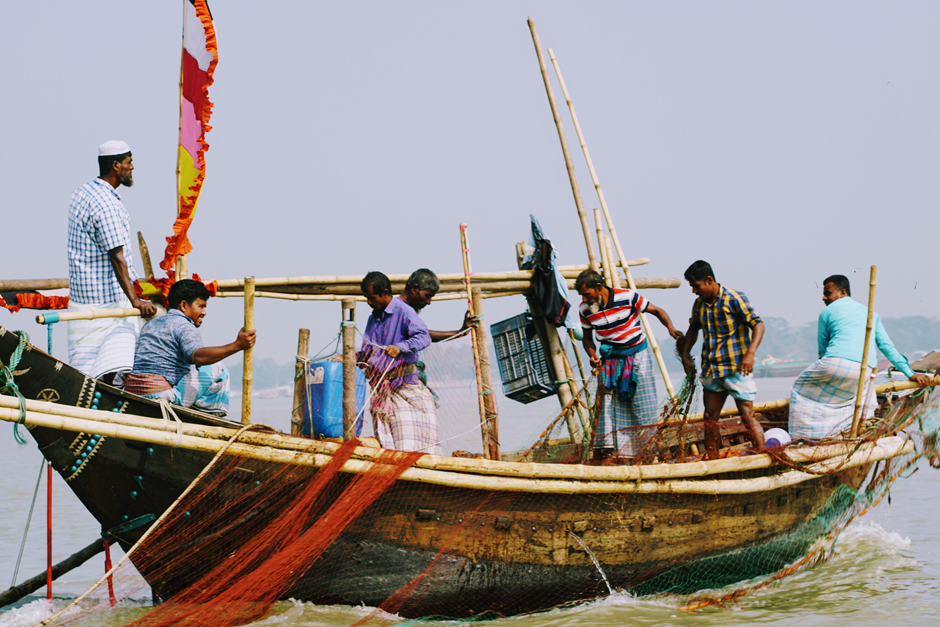

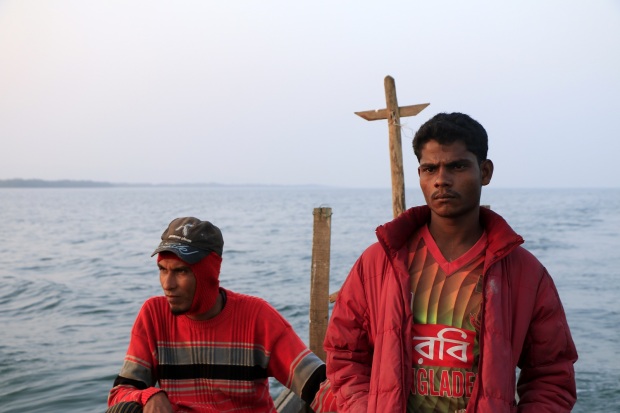
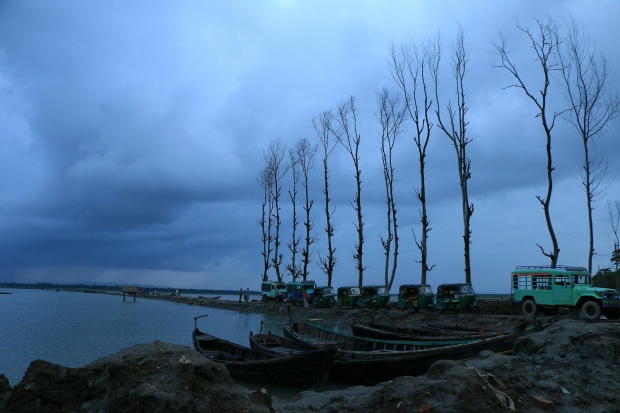
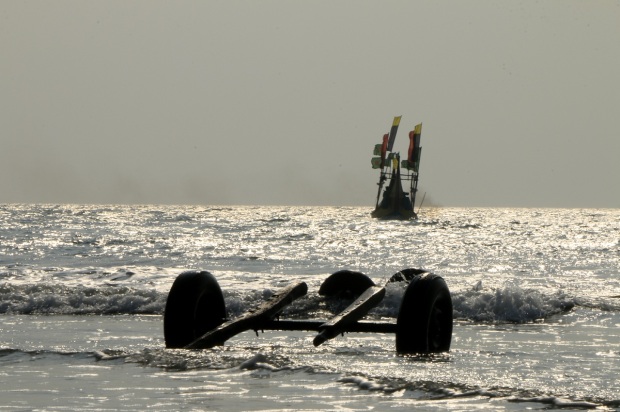
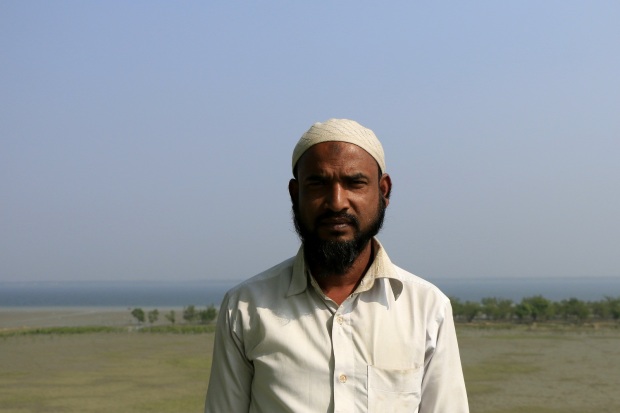
You must be logged in to post a comment.